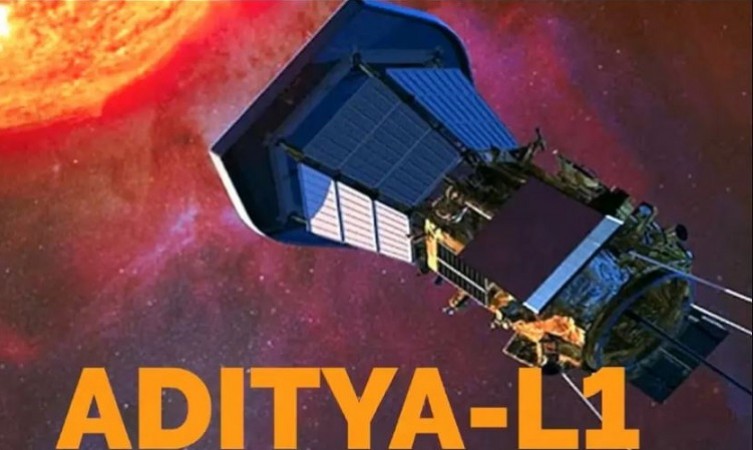
Bangalore: The Indian Space Research Organisation (ISRO) announced on Monday its forthcoming launch of the Aditya-L1 Solar Mission, which marks India's maiden endeavor into space-based solar observation. The mission is set to commence on September 2, 2023, at 11:50 am from the Sriharikota launch site.
In an update shared on X (formerly Twitter), ISRO conveyed, "The launch of the Aditya-L1 mission, India's inaugural space-based solar observatory, is slated for September 2, 2023, at 11:50 am IST from the Sriharikota launch site. Interested individuals can witness this event by registering for access to the Launch View Gallery at Sriharikota. Registration details are available here: https://lvg.shar.gov.in/VSCREGISTRATION/index.jsp. The commencement of the registration process will be announced on the provided link."
The Aditya-L1 mission will mark India's pioneering venture into space-based solar research. The spacecraft will be positioned in a halo orbit encircling the Lagrange point 1 (L1) within the Sun-Earth system, at a distance of roughly 1.5 million kilometers from Earth.
One of the most significant advantages of a satellite positioned in a halo orbit around the L1 point is its continuous and uninterrupted view of the Sun, devoid of any occurrences of occultation or eclipses. This unique vantage point will offer enhanced opportunities for real-time observations of solar activities and their impacts on space weather.
The spacecraft will be equipped with seven payloads designed to observe various layers of the Sun, encompassing the photosphere, chromosphere, and the outermost region known as the corona. These observations will be facilitated using electromagnetic particle and magnetic field detectors.
ISRO has also outlined the core objectives of the Aditya-L1 mission. The official statement from ISRO mentioned, "The mission aims to study the dynamics of the Sun's upper atmosphere (including the chromosphere and corona), as well as investigate the processes related to chromospheric and coronal heating, the physics of partially ionized plasma, the initiation of coronal mass ejections, and solar flares. Furthermore, the mission will provide invaluable data on the in-situ particle and plasma environment for a comprehensive study of solar particle dynamics."
"The mission will delve into the physics behind the solar corona and its heating mechanisms, perform diagnostics of coronal plasma and loops (temperature, velocity, and density measurements), study the development, dynamics, and origins of Coronal Mass Ejections (CMEs), and identify the sequence of processes occurring in multiple solar layers (chromosphere, base, and extended corona) leading to solar eruptive events. The mission will also focus on magnetic field topology and measurements within the solar corona, as well as investigate the drivers of space weather, including the origin, composition, and dynamics of the solar wind," the statement added.
In a significant prior achievement, India made a monumental leap on September 23, successfully landing the Chandrayaan-3 lander module on the moon's South Pole. This success marked India as the fourth country, following the United States, China, and Russia, to have achieved a successful landing on the lunar surface. This achievement brought an end to the disappointment stemming from the crash landing of Chandrayaan-2 four years earlier.